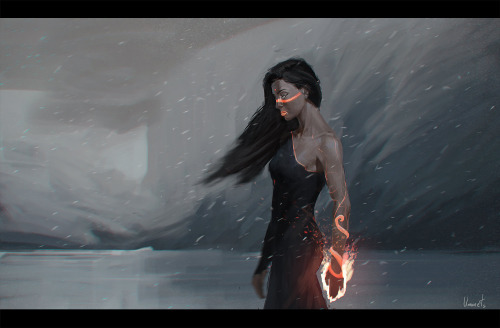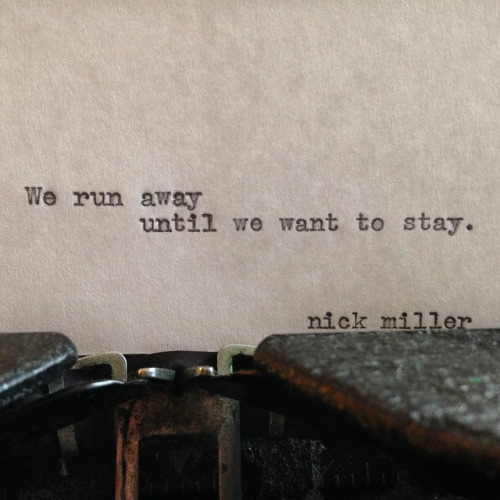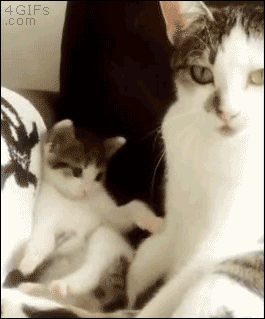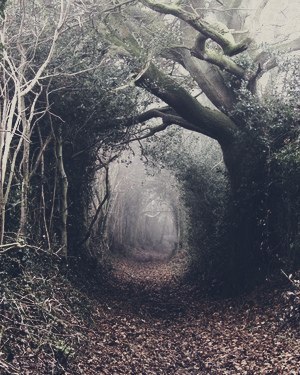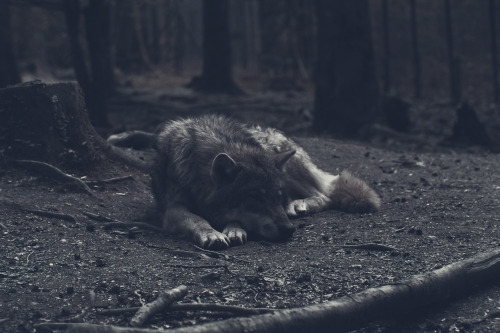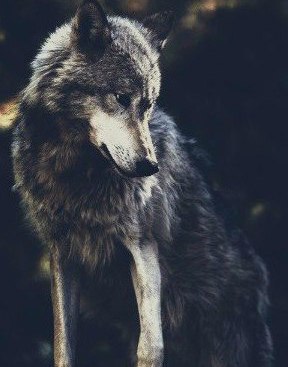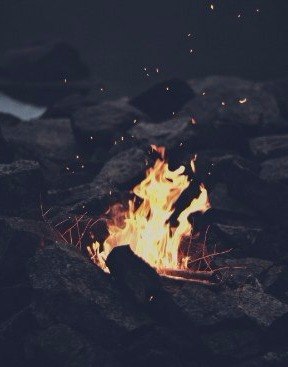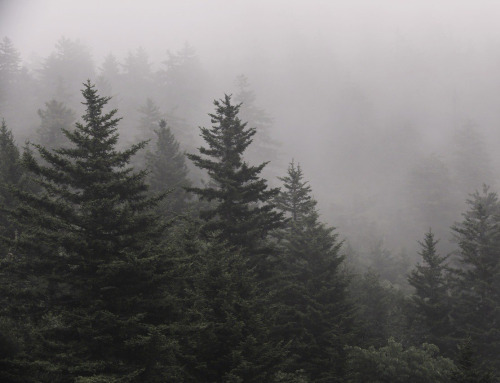Katherine Frances's Blog, page 343
July 11, 2015
A Guide to Black Hair #1 - Relaxers
Okay, this guide is presented as a beginning resource (see: 101 level) to black folks hair. Keep in mind texture varies greatly depending on the person. Hair can have very kinky curls or be rather straight, depending on the person. Black folks who are very mixed (for example, my daughter who is only a ¼ black) tend to have curls that are looser in texture. But there are also black people with very straight hair, so that is not always a fast and hard rule.
This guide is presented from the perspective of an American biracial (black and white) woman whose father had very coarse curls. The differences in hair texture vary greatly for biracial folks (being half black and half Korean can create a very different hair texture, for example) but for the most part terms and experiences are similar.
RelaxersMost common way to straighten hair and until recently the most popular way to wear hair (there is a beginning shift to wearing hair natural, especially amongst younger black women). Hair is relaxed with either a lye formula applied by a licensed beautician or at home with what is referred to as a “box perm” which contain a different alkali agent but are significantly weaker and less caustic than a professional relaxer. Over exposure to either chemical can cause burns on the scalp, and there is a prevalent myth that it has to burn to work, so often girls (few men get their hair relaxed) are taught from a young age to let the burn happen to achieve the best results. Also, scalps that are scratched or have minor surface abrasions burn more readily, so before getting a relaxer many girls will avoid scratching their scalps so that they don’t burn.
The Process: If applied at home a box perm can be bought from just about any retailer. Higher quality, real lye relaxers are done in a salon or by a professional beautician in a private home. Vaseline or another type of petroleum protective gel is applied around the hairline and to the tops of the ears to keep the delicate skin from burning should it come into contact with the relaxer. Relaxer is applied only to the roots for a touch up or to the entire head of hair for first time relaxers. Cream is applied in small sections, and once application is complete the back of a comb is used to “smooth” the hair and straighten it out. After the processing time the relaxer is rinsed out and a color-coded neutralizing shampoo is applied. Once the shampoo no longer turns pink (indicating the presence of leftover relaxer cream) a conditioner is applied. In a salon this is usually followed by a plastic cap and some time under a dryer and at home it can just mean a few minutes of waiting before rinsing. Once the conditioner is finished processing a leave in conditioner specifically for relaxed hair should be applied. This process must be done every 6-8 weeks, to handle “new growth.” Since hair will grow in with the original texture pattern there is often a lot of angst about new growth showing, especially the kinkier the curls.
Styling: relaxed hair will air dry in a wavy-frizzy way if not styled. Various methods of styling include wrapping (a solution somewhere between a mousse and a leave in conditioner is applied, hair is combed, and then person sits under a hooded dryer until dry), blow dry with a paddle brush, or air dry and then flat ironed or curled with hot tongs. Often, a combination of methods is used. This all depends on the length of hair and the style involved.
This biggest misconception is that a relaxer will straighten hair and make it like a white person’s. A relaxer only loosens the curl so that the hair can be straightened more easily and so that it will retain straight styles more readily (humidity and water undo any straightening efforts). There is still maintenance that must be done after the fact. So a character that has relaxed hair cannot jump into a pool and them get out with straight hair like many white people. Not to mention that relaxed hair needs a lot of moisture and can be prone to breakage since pulling the curl taught creates weak points in the strand.
So, those are the basics on relaxers. Next up: natural styles.
"The story you are about to read is a work of fiction. Nothing - and everything - about it is real."
- Todd Strasser
(via observando)
tomjogi:
“CHILL”byANATOLIY UMANETS
How a Character’s Choice of Clothing Benefits the Story
When writing, it’s
important that everything you include serves a purpose. The character’s name, their
favorite color, and their choice of companion give an impression about the character,
the world around them, and the past that shaped who they are. The more you amplify
these elements, the greater the image you’re painting for the reader.For example, say the plot
calls for the character to buy a car, and they choose a blue one. “Blue” is a
necessary detail to include in the narrative, but by giving this specific
decision meaning, you make it important. Perhaps blue was their parent’s
favorite color, and they strive to please them. Perhaps blue is a calming
color, and it reflects their calm personality. This makes the narrative richer.In the same way, characters
It Says Something About Their Personality: The way a character dresses
need clothing, so why not make it a useful element in the story? Take advantage
of this opportunity to tell the reader something. Here are three things your character’s
choice of clothing can amplify in the story.
can reflect their tastes, views, and emotions. For example, your boisterous
character might be best dressed in colorful shorty shorts to reflect her free
spirit. Her sass and disregard for other’s opinions is what tells us her
personality, but this small addition has made the fact visual as well as mental.
In another case, your reserved and slightly distrustful character might be
better dressed in a bulky designer coat; this reflects on his desire to be
enclosed but also regarded as superior. Your character’s personality is
independent, but the proper clothing can complement and amplify their unique views.It Says Something About The Setting: Dressing your characters in
clothing that reflects their setting will reinforce this new atmosphere in the
reader’s mind. Colors give impressions all on their own; dark colors such as
greys or blacks will match the dark atmospheres. If you’re trying to show a
contrast between two groups – one more successful and the other starving – dressing
one group in bright pinks or yellows will give a sense of light and energy, making
them seem healthier. The style also reflects the world; conservative dress such
as long sleeves or coats can reflect order or oppression, while less conservative
clothing can show rebellion and freedom. Your world itself will determine the
setting, but clothing can complement it, amplifying the atmosphere.It Can Say Something About Them Physically: In addition to symbolism,
clothing can serve a literal purpose. If you have a young character, dressing
them in outfits which are colorful and airy can complement their younger
attitudes. If you have a character with an embarrassing scar or injury they
wish to hide, constantly dressing them in long sleeves, despite weather, can
subtly reveal this. These details can amplify the characters themselves but
also open new doors for foreshadowing.Every detail included in
your piece of fiction should serve a purpose, and perhaps even tell a story
within a story. Minor details such as a character’s style, their choice of
design, or their choice of color can breathe new life into the details of your
narrative.Over the course of the next
few weeks, I’ll post different character clothing options as inspiration, and detail
how each item could be an asset to your story. Hopefully this will stir up some
creative juices and help you make choices to apply to your cast.Happy writing! And feel
free to check out my website: Ember Ink Wordsmithing
Can u please talk about how you became such a wonderful writer?
Oh
god. So I basically wrote an essay-length response to your ask and then tumblr ate
it, but I will do my best to answer your question as thoroughly as the first
time. Here we go.
I should preface this by saying I think all writers can always improve their
writing, and that you should never stop trying to do so. This will also end up
being more of a “general tips for writing” thing, because I improved my own writing
through a number of different factors:
PRACTICE
I
really can’t emphasize enough how important this one is, and that “work 10,000
hours to get good at something” statistic you always hear about is
true. When you’re a young writer, or a new
writer, your ideas are stellar, but your ability to execute them, not so much.
Writing creatively is extremely difficult, and at that point in the
game you don’t have enough built up experience needed to create an engaging
narrative. That’s what the practice is for.
You need it to get used to the
process of writing. You need to write every day so you get fast at putting your ideas down on paper, and it becomes easier to
translate what’s in your head into something that can be viewed by others. It helps
you get over the learning curve.
Basically
I’ve been writing almost every day for 2-3 hours per day (and sometimes more)
since I was in high school. Its greatly improved my skill level.
REMEMBER THE KEY TENANTS OF
WRITING
If you’re serious about your
writing, there are some core tenants that are absolutely necessary, and if you don’t have them, you’re fucked:
the plot, not the setting, nor the theme. Those are all super important
factors, to be sure, but if your characters do not come off as believable,
fully-realized individuals – if they’re boring to read about – readers can and will drop your story. And you need to
treat all your characters with equal
love and importance – even the secondary ones.
Setting/World-building: This is the second most important element of your story,
imo, and along with characterization and dialogue, one of the hardest to pull
off. The world your characters exist in – and how you describe it – is what
gives your story weight, and makes
it seem believable to the readers. It’s also what allows them to put themselves into
the scene, to imagine the events as you describe them. This is especially
important in genre fiction (i.e. SF and fantasy). The way you describe setting/world-building is
through the senses: touch, taste, sight (both small and large details), smell,
hearing and time. Never forget time.
It’s very important for grounding your scenes. Some helpful links for world-building (that I can remember right off the top of my head): http://www.sfwa.org/2009/08/fantasy-worldbuilding-questions/ http://www.trekearth.com/ (great for picture reference)
Dialogue: One of the dreaded top three in terms of difficulty, but
also very important. Good dialogue – natural dialogue – is a crucial part of
making your story believable. Avoid stock lines, and study how people talk to
each other irl.
Goal: Your characters need a goal to work towards, and you need a goal, as the author. What is it you’re trying to get across with this story? What are
you trying to say to your audience? You need to think about these things.
Theme: A bit more abstract, but pretty important, imo. Examples
of themes are self vs. collective identity, cosmic nihilism, etc.
They’re not explicitly stated in your story – not usually – but a philosophical
underpinning is what gives weight to the subtext of your narrative.
ENCOURAGEMENT
This
one is also really important, and one of the big reasons why I won’t edit the
work of beginner authors. When you first start off writing, unfortunately your
ego is pretty fragile. Writing is an intensive, time-consuming process, and
despite what we like to tell others, often deeply personal. When someone tells
us this labor of love is shit,
it hurts. Really hurts, and when
you’re a beginner you don’t have the thick skin needed to deal with that sort
of criticism.
Some
new authors, if they’re exposed to this too soon, they just quit – they stop
writing altogether, and this is very dangerous, because there are literally
whole libraries of stories out there that have been lost because people like making other
people feel like shit. When I was a beginner, I was never exposed to this. I
was told how to improve my stories, to be sure, but I was never told that I
suck. My parents encouraged me, and my extended family encouraged me; my
friends and my teachers and everyone I knew encouraged me, so by the time I got
to a place where the criticism can be absolutely soul-crushing (i.e.
university), I had developed a thick enough skin to deal with it. I was more
concerned with getting better than
with being accepted, and I was eager to get critique from others.
(ALMOST)
NO BAD IDEAS
I
know a lot of writers will disagree with me on this one, but basically I’m
of the mind that there are (almost) no bad ideas when it comes to writing. It’s
not the idea itself that is bad – it’s how you execute it that matters. This is why I have no problem with most tropes.
The ideas are good – there’s something valuable to them, otherwise we wouldn’t
keep reading – but the reason why people say they’re overdone is
because generations of successive authors have repeated the same trope ad nauseum with
zero deviations. When they do this, they lose the element of surprise, which is
crucial for keeping your audience engaged.
There are a couple reasons why
people do this: one is lack of experience (which is where practice comes in), and
the other is fear: you know this particular idea works, and you don’t want to
be rejected, so you do that, sticking to the formula. But you need to be bold with your writing. Writing
is all about building upon the ideas that have come before you, and then
improving them – it’s about combining ideas together to create something new.
WATCH/READ
OTHER MEDIA
I
know it is always recommended to read books to help with the writing process, and
I agree, but I would go further than that. I would say look at all sorts of media. On a personal
level, I study history and space (and everything to do with it),
and I watch movies. Lots and lots of movies. I like thinking about how to
make a novel work in a
visual format. This might be why I’m very comfortable with writing action.
HAVE
A SYSTEM
Have
a system for writing. Every writer I know has a different one, and there is no
wrong way to go about it, but having a system makes the process of
creating a novel much less daunting, and it allows you to execute complex
plot-lines that would otherwise be impossible to keep straight in your head. My
own process generally goes something like this:
Get an idea: Mine usually come
instantaneously, and are triggered by something I’ve seen.Let that idea ferment: All my ideas seem brilliant in
the moment (to me), but sometimes I’ll get bored with an idea, and if
you’re bored with something, you don’t want to spend months or even years
writing about it. I’ll think about an idea for a month to a year(s), and
if I still like it, I’ll write about it.Research/Planning: Before I start writing, I map
out my plot, plot arcs, major events, setting/world, overall themes,
characters, create the structure for new languages (if need be), and do
any research that may be required. This will be continuously revised and
added to over the course of writing, but you need to have the bulk of it
done beforehand.Create 2 Documents: One for brainstorming, the other
for the first chapter. Sometimes I write in chronological order, which is
what the chapter documents are for. Sometimes I get an idea for a scene
much further down the road, and don’t want to forget it - I write those in
the brainstorming document, and when I need to, I stitch those scenes
together to create a chapter.Write a Raw/Rough Draft: I’m not too concerned about
spelling or coherency here. I just need to get my ideas out on paper.Revise Raw Drafts: As many times as need be. This
is the editing process. It’s long and arduous but I actually don’t mind it
too much. For my original fiction, I have editors to look over my stories.
For fanfiction, I usually don’t - that’s just something I do for fun.Publish: Unfortunately I’m still working
on this one. Putting up fanfics is easy enough to do, but I’m still in the
process of trying to get a publisher to pick up one of my original stories.
Once I figure it out, I’ll let you guys know.
MULTIPLE
PROJECTS
Not
everyone does this, but I do. Sometimes I get overwhelmed or bored with a
particular story, so to keep myself from hating it I switch
projects. It keeps my mind fresh, and allows me to recharge.
NATURAL
TALENT
I
don’t really like this one, but everyone says it plays a factor, so I would be
remiss not to talk about it. My own personal opinion on it is this:
you have to like writing and reading in order to be a good author. If you don’t
like it, that lack of interest will show up in your work. People who
naturally love writing will always have an advantage over you.
The
opinion other people have of me (in person): I’ve literally been writing since
I was 4. My first story was a picture book I drew in nursery school about a
family of grizzly bears getting
shot by a hunter on Christmas. My first novel was about sentient
dinosaurs trying to escape flash flooding, and I wrote that when I was 10. I
have been writing all my life, almost every day of my life, without
prompting, and I’ve been told repeatedly that this is not a thing that normal
people do. So I guess this is where natural talent comes in. But again, I really hate that term. Imo, writing is predominantly a learned thing.
July 10, 2015
Trying to copy your favourite writer
creaturesfromdreams:
by
jay choi
awritersnook:
Write about a coming of age ritual. How old to...
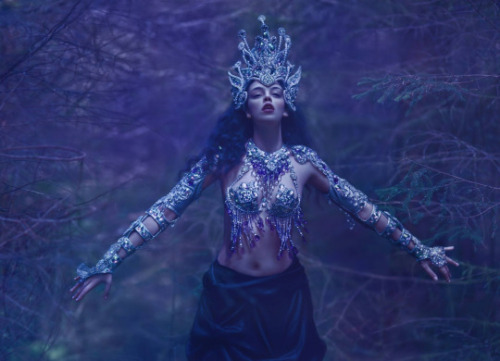
Write about a coming of age ritual. How old to participants have to be to partake in it? Are there any tests the characters must overcome? Or is it more of just a celebration of reaching such an age? How do people treat these individuals before and after? Do these newly welcomed members of society have to make any decisions towards their future at this point (i.e. career path, focused path of magic, life goal, etc.)?

